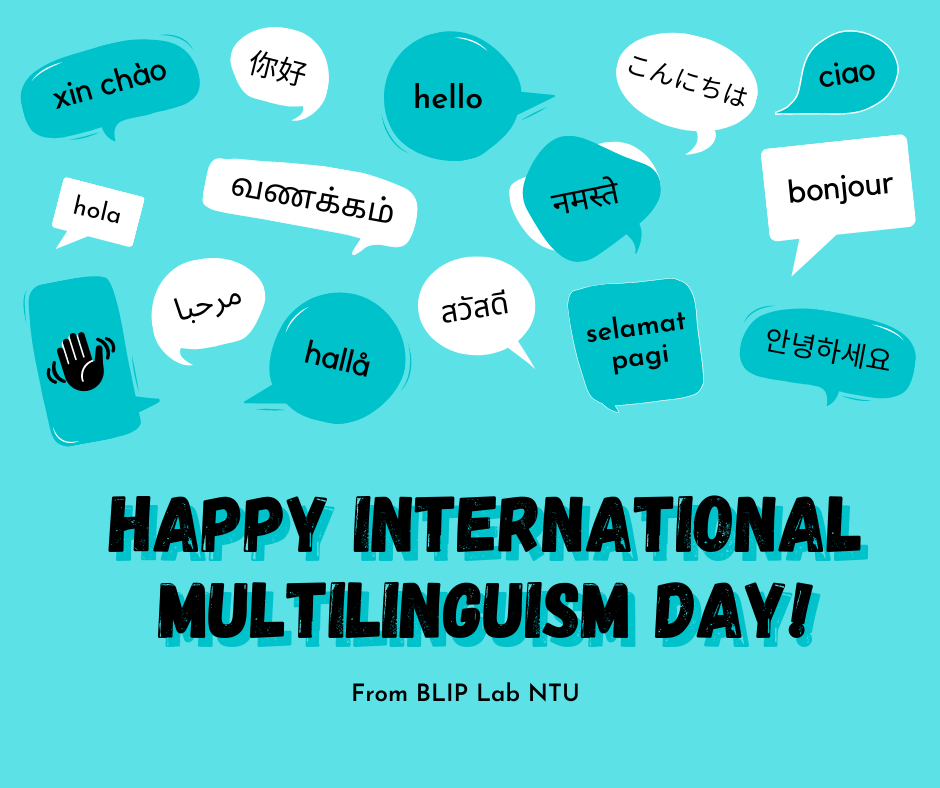
When I was a child, I always found myself being more interested in our local Channel 8 serial dramas than American Hollywood movies. I remember being frequently scolded for watching too much television but this was the avenue where I picked up Mandarin from a young age. I would even memorise the theme songs of different dramas by heart and sing them with my sister! I feel that watching these local dramas helped me become a better bilingual because I could match the Mandarin audio I heard to the English subtitles appearing on the screen and from there, I started to understand and learn how to use certain phrases or idioms in both Mandarin and English. On top of that, there was a natural ‘language divide’ in my family whereby I would usually speak to my mother in English and to my father in Mandarin and this gave me more practice in the two languages.
However, growing up in multilingual Singapore meant that not only was I exposed to English and Mandarin, but I also heard dialects being spoken by those around me. In particular, my parents typically conversed with each other in Hokkien while my mother and aunt frequently spoke to each other in Hainanese. When I was younger, I was often frustrated that I could not understand what they were saying and I think that partially motivated me to subconsciously pick up these dialects just by observing and listening to them. Now, I understand and speak Hokkien much better than Hainanese and I think it is because Hokkien resembles Mandarin more and is thus more intuitive for me. I am still working on learning Hainanese and while partly it is because I wish to be able to speak more languages, it is also because speaking Hainanese brings joy to my mother as she considers it a less common dialect here in Singapore – many people know of Hainanese chicken rice but not many know how to speak the dialect…
Aside from learning language through incidental exposure, I am currently trying to learn a new language (Korean) by myself using the Internet! I find this to be more difficult and I guess it is due to my age and partly because of the language itself.
Overall, be it learning from exposure or not, I find language learning to be a magical thing. When we learn a particular language, suddenly what used to sound like gibberish becomes intelligible and this experience of finding meaning and making sense of these previously meaningless words is incredible to me. 😊

This piece was written by our #SGUnited intern, Kelly. Kelly is a third-year psychology and linguistics major.













